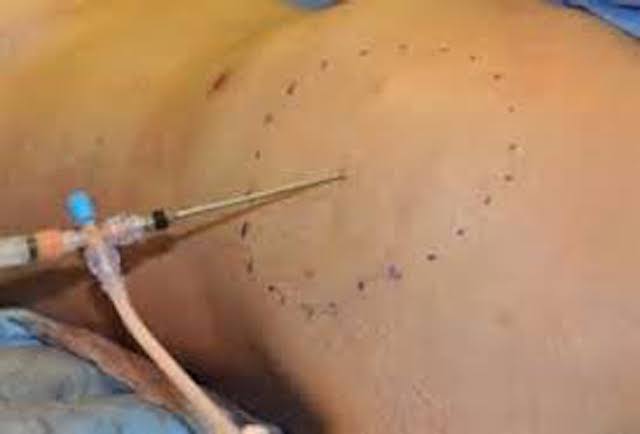The Brazilian Butt Lift (BBL), which is fat transfer to the buttocks by injection, is one of the most popular body contouring procedures in the U.S.. Despite its popularity and effectiveness at enlarging the buttocks, it is also the most dangerous of all aesthetic plastic surgery procedures. It has a risk of causing pulmonary embolism because of the injected fat into the highly vascular buttock region. Of the over 100+ known cases of pulmonary embolism from BBLs in the U.S. to date almost one-third of them were fatal. That is a unique mortality risk of less than 1:2500 procedures.

In the April 2020 issue of the Aesthetic Surgery Journal an article was published in the topic entitled ‘Objectifying the Risk of Vascular Complications in Gluteal Augmentation With Fat Grafting: A Latex Casted Cadaveric Study’. In this study the authors sought to create a 3D map of the deep inferior gluteal vessels using cadaveric specimens which had been injected with colored latex at the aorta, vena cave, popliteal and saphenous veins. At the subcutaneous level the average vessel diameters were small, averaging around 1mm in size. In the gluteus maximus muscle vein diameters were around 1.3mms. Inferior gluteal vessels had increased calibers between 2 and 3mms. The superior gluteal artery and vein had vessel calibers between 2 and 4mms. The superior and inferior gluteal veins diameters were impressively large at 7 to 13mms diameter.

Dr. Barry Eppley
Indianapolis, Indiana



